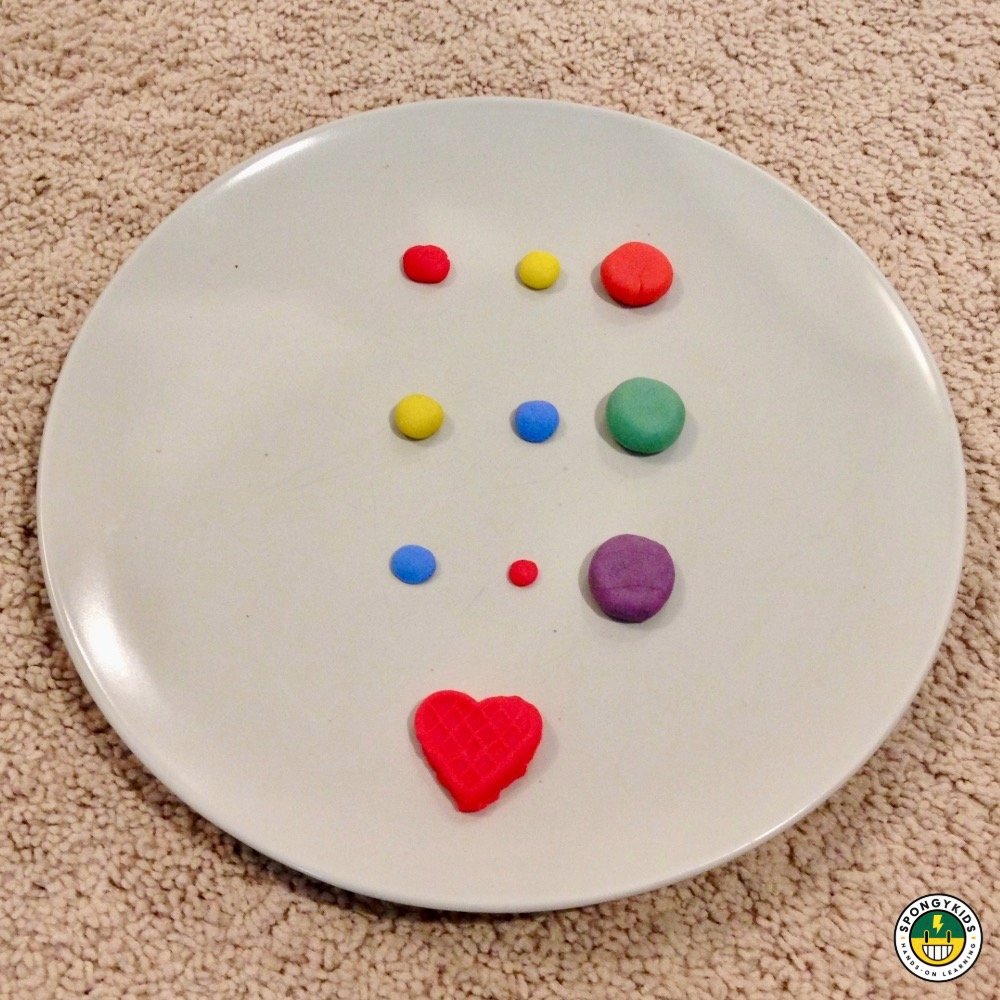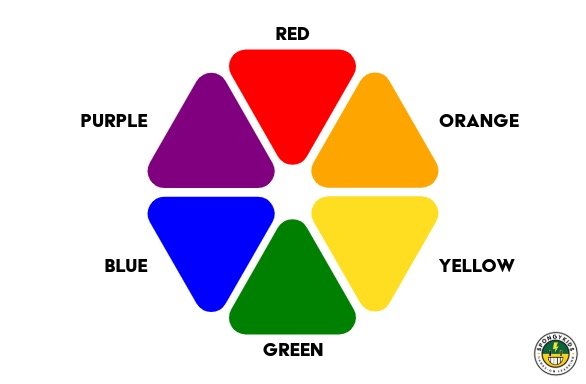Play-Doh Color Mixing Activities: Learn Secondary Colors for Kids
Fun Hands on Activities
Discover Secondary Colors with Fun Play-Doh Mixing Activity
Main Idea
It's like magic for little kids to see the color change after kneading play dough. This is an easy and fun activity for identifying colors! We focused on secondary colors.
Activity Prep
(What we used)
Play-Doh (red, blue, yellow)
How We Made
Red, yellow, and blue are the primary colors, while secondary colors are created by mixing two primary colors. These secondary colors are positioned between the primary colors on the color wheel.
Here is the color mixing recipe: Before your children mix two colors of Play-Doh, ask them to guess what color they will create by mixing them.
Red + Yellow = Orange
(*Note: Using equal amounts of red and yellow didn't produce the expected orange; it turned out too red. Please adjust the proportions slightly.)
Yellow + Blue = Green
Red + Blue = Purple
Mixing different colors of Play-Doh is something that kids naturally enjoy. When I explained how color combinations create specific colors, my son was surprised.
I found that creating orange was the most challenging. Using equal amounts of red and yellow didn't produce the anticipated orange; instead, the result was too red. I recommend experimenting with different ratios to achieve the desired shade.
Disclaimer
Play-Doh® is a registered trademark of Hasbro, Inc. This project is not affiliated with or endorsed by Hasbro, Inc., and the use of Play-Doh® is solely for educational purposes.


